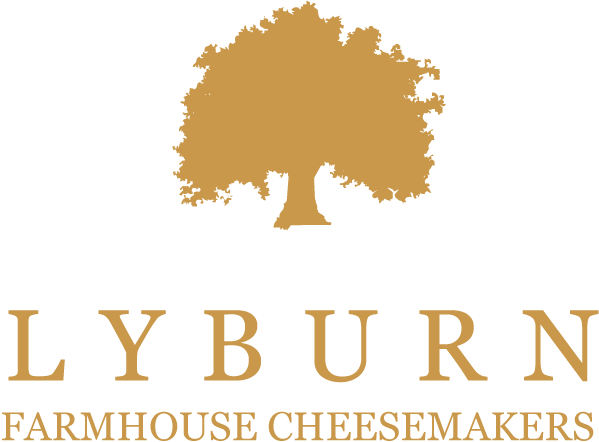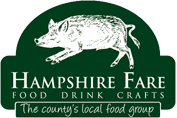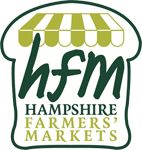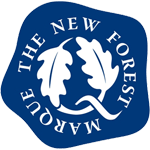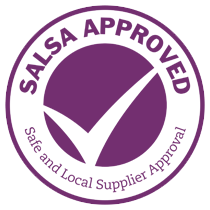THE FARM
History
Lyburn farm lies on the northern edge of the New Forest, straddling the small river Blackwater, and has been farmed by the Smales family for the last 50 years. The river Blackwater rises on some of the high ground of the forest and as the heather and gorse gives way, to the old ancient oak forest, home of the fallow deer, the countryside falls away sharply towards the north. In the bottom of the valley you will find the Hamptworth estate, of which Lyburn farm is part. The name Lyburn, is in fact quite unique, it is derived from the Scottish, lye ‘born’, and burn ‘river’, ‘borne by the river’, and with the Blackwater on either side we certainly are.
Four generation and
60 years milking cows.
Producing Cheese
The whole operation of producing cheese is very much a team effort. Phil has been at the farm a long time now and knows each of the cows as individuals. His job, as herdsman, is to produce clean wholesome, good quality milk with low cell counts. The cows produce about 1.3 million liters of milk a year, of which we turn about 50% into cheese.
James, will then use his skills as a cheesemaker, to turn the milk into curds. Then, eventually cheese, over a period of 10 weeks to 18 months. Andy, Steve and Amy then look after the maturation of the cheese, the packing and distribution. Jono our eldest son will look after the farm and do the muddy boots bit, Judy will look after the farm office.
Milking the cows
Cows will have been milked at Lyburn farm for years, and the old cow byre with it’s hay loft above, next to the farmhouse, that would have taken 10 cows, is now the farm office. In the old days, there would have only been 10 cows, and during the winter they would have stayed in the byre all winter and tied with a chain around the neck.
During the course of the summer our cows graze the fields close by, and then when it gets too wet, in September, they are brought back to the farm and will stay indoors all winter and be fed on Maize, Grass silage and concentrate to top up the protein in their rations. Another year passes and when the fields dry out and the grass starts to grow the cows will be turned out again in April.
Home-bred Cows
Our cows are all pedigree, that means that we breed from them, keep the best and record their births and their family lines can be traced back probably in some cases 60 years. They all have 2 ear tags, and these numbers relate to their passport number, a number they keep for life. We breed our own heifers, or replacements as we call them, as it then reduces the risk of having to buy in cattle that might have health problems, such as TB and BVD. We try to get the cows to calve once a year, they will then milk for 10 months and have a two month rest.
Twice a day
The cows are milked twice a day through a herringbone milking parlour. Here you see Phil putting the clusters on the cow. It takes about 2 or more hours to milk them all, and the milk that we don’t use for cheese making, is quickly refrigerated and passes into a large tank, that holds the milk at a temperature of 4 ° C. to keep it fresh. It will stay there until it is collected by the lorry and taken to the factory to be bottled. The milk we use for cheesemaking is not cooled, collected, in a stainless steel tank, and as we are about to use it straight away, this saves the power and electricity needed to refrigerate it, and the fact that the cheese is made on the farm, there is no cost in having to transport the milk, substantially reducing our carbon foot print. This is then further improved by the fact that most of the electricity we use for cheesemaking, is generated by solar power.
